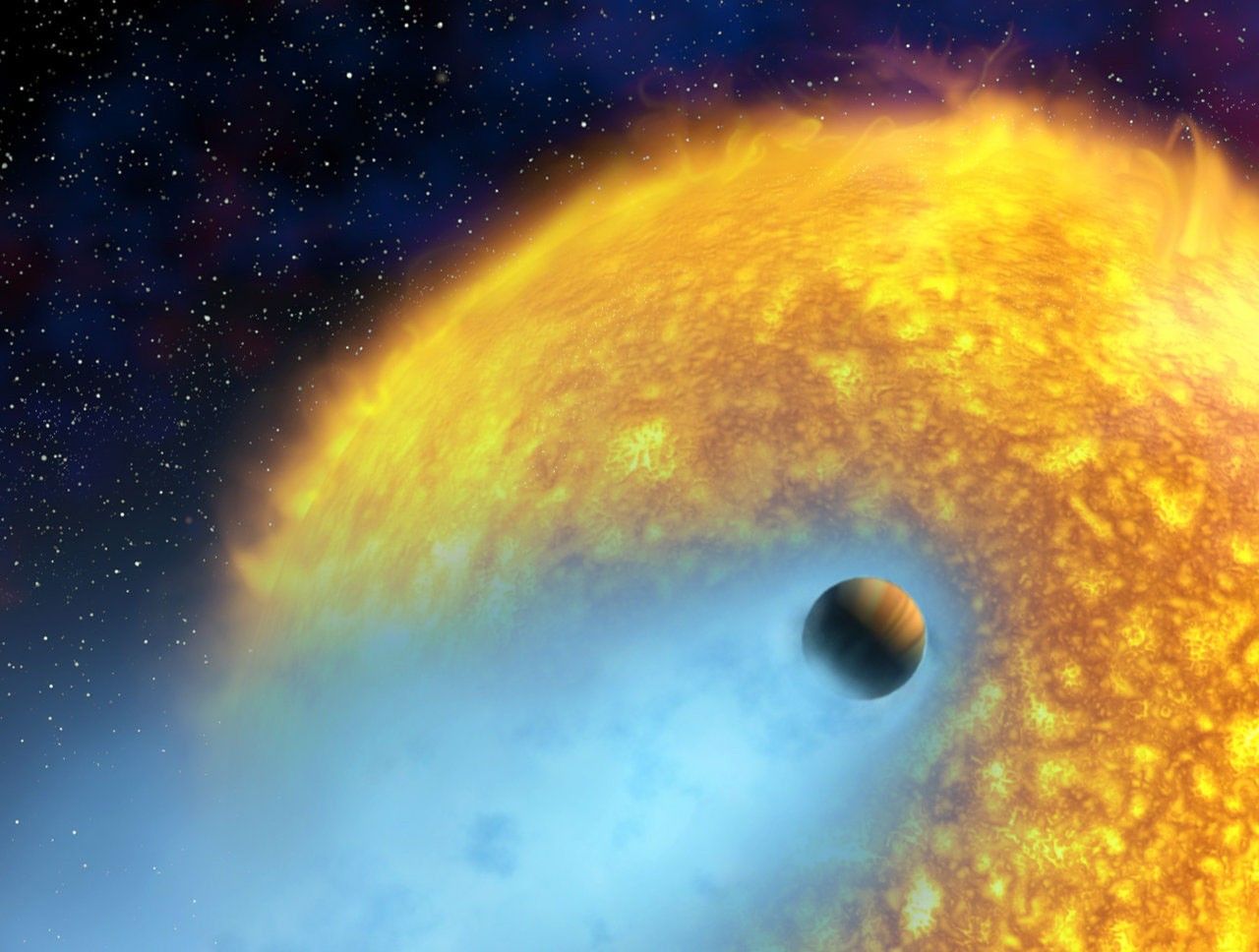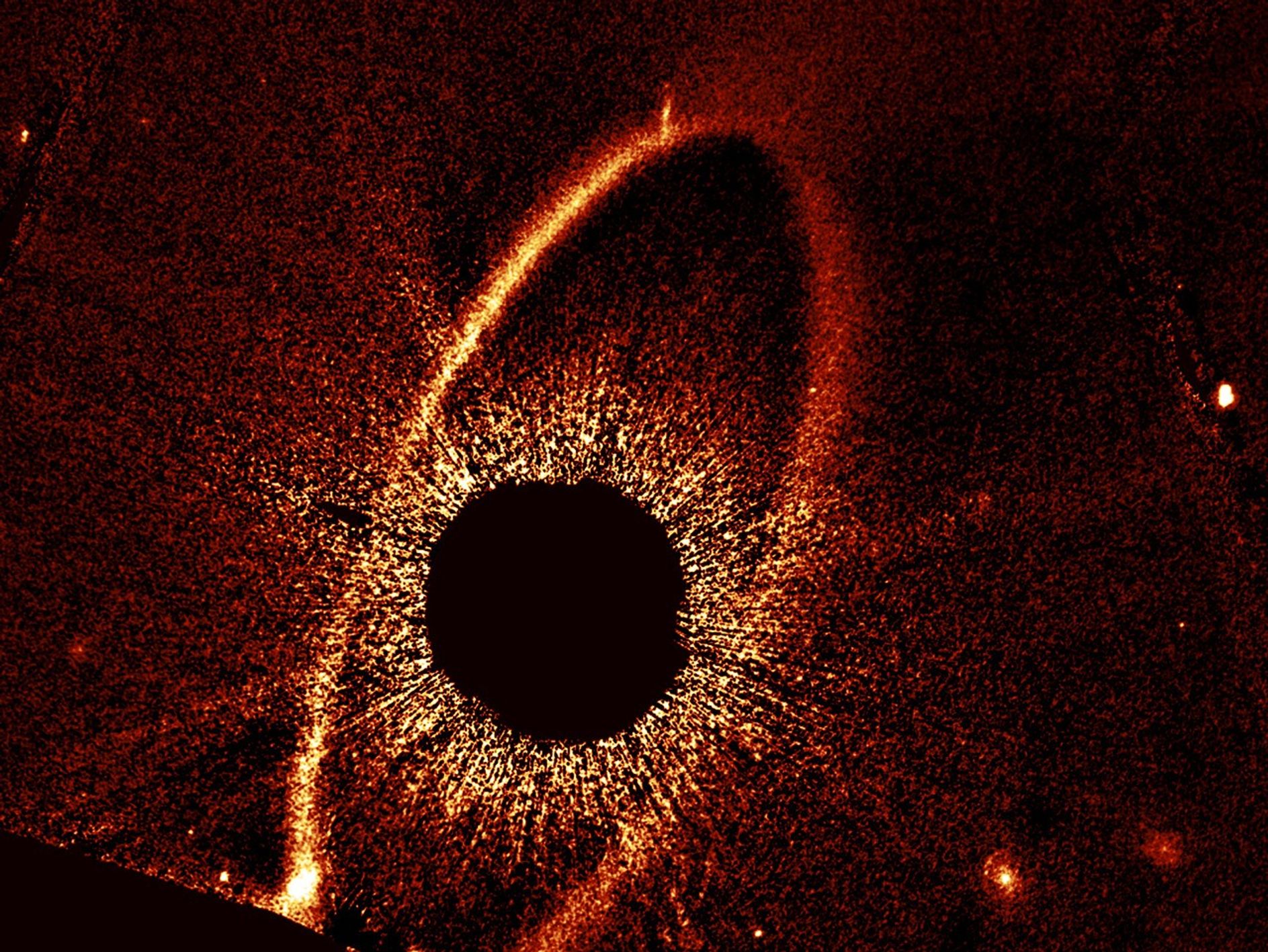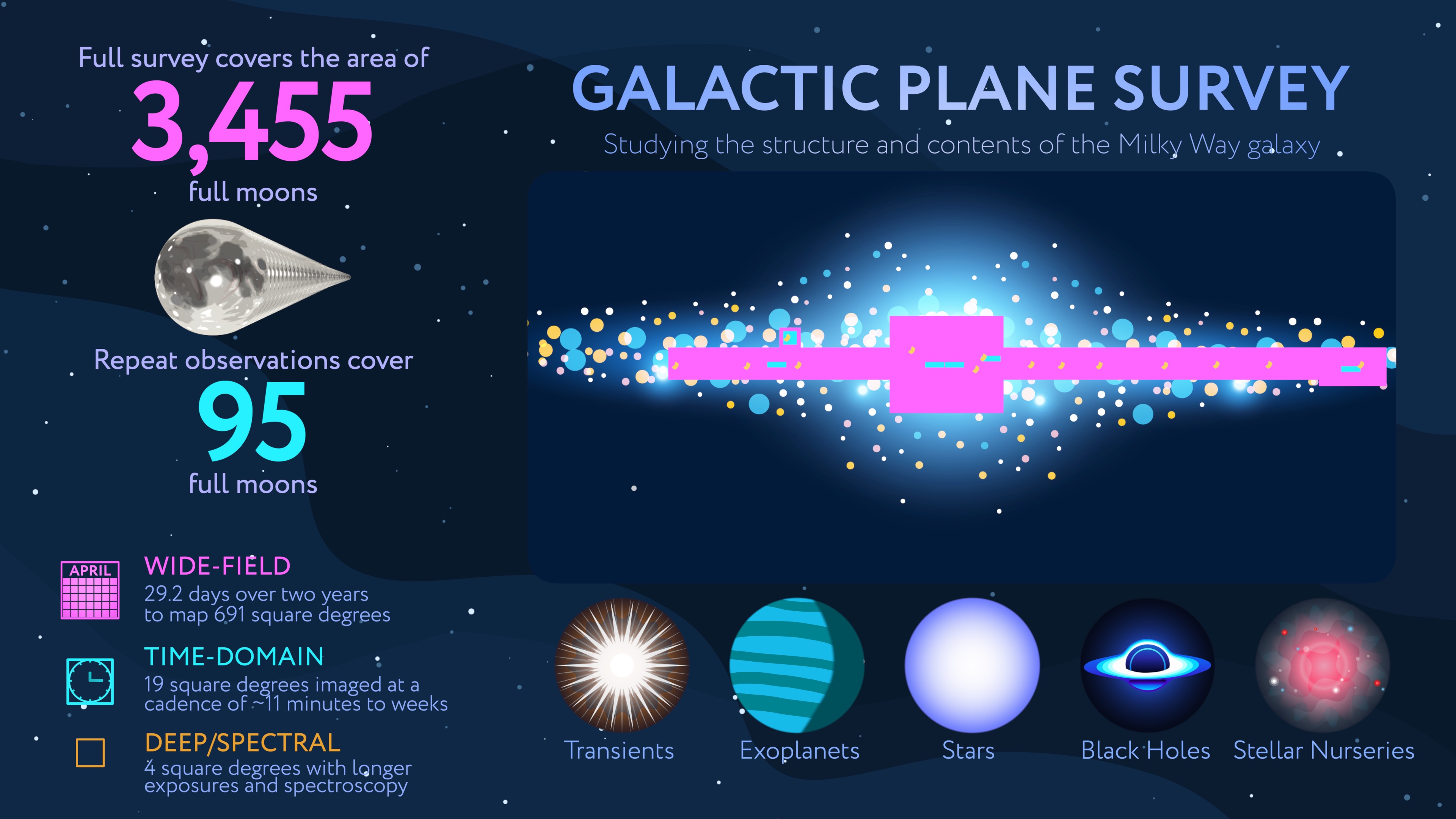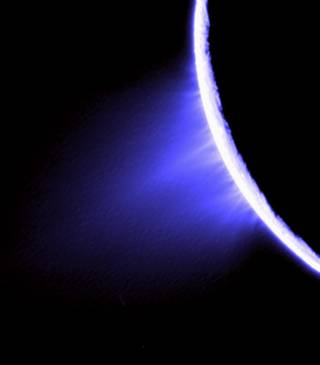
Today marks the anniversary of the discovery exoplanet HD 209458 b. Nicknamed "Osiris," after the Egyptian god of the underworld, this hot Jupiter is having its atmosphere torn off at more than 35,000 km/hour by the radiation of its close-by parent star. The escaping gas forms an envelope of carbon and oxygen that follows the doomed planet like a tail.
HD 209458 b’s milestone discovery included a long and impressive list of firsts: It was the first planet discovered using the transit method, the first planet with a detectable atmosphere, the first planet with an evaporating hydrogen atmosphere, and the first exoplanet found with carbon and oxygen.
How do we know about HD 209458 b’s atmosphere, if it’s so far away? The transit method allows astronomers to study it. As the planet passes in front of its star, it blocks its host star’s light. Like someone standing in front of a bright window, the planet is backlit. The starlight streams through the planet’s atmosphere to our telescopes, revealing the elements it contains to astronomers.
Distance: 154 light-years in the constellation Pegasus
Orbit: 3.5 days vs. Earth’s 365 days
Mass: about 220x Earth’s mass



































